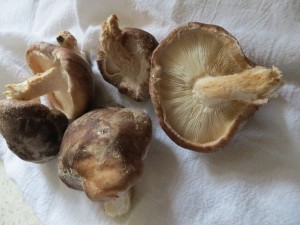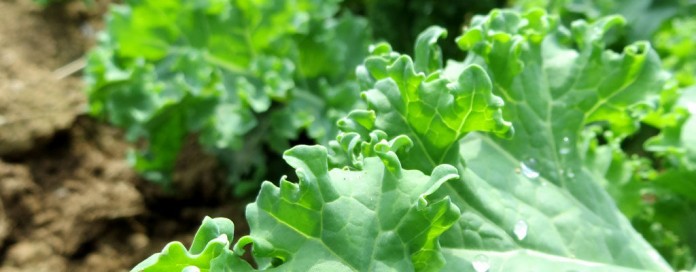Sunlight is the stuff plants crave. Plant growth and performance is fueled with energy from sunlight. Stationing your vegetable garden in a sunny spot ensures seedlings get the light they need to grow big and strong.
Sun exposure definitions
A seedling’s sun exposure requirement is indicated on the seed packet or nursery label. Full sun is 6-8 hours of direct sunlight each day. Partial sun/partial shade is less than 6 hours of sunlight. Light filtered through tree branches fits in this category. Exposure to direct sunlight in the hot afternoon risks scorching partial sun/partial shade plants. Shade means no direct sunlight.
Follow the sun

A good way to learn the sun exposure of a specific spot is to section it off with wooden stakes and string. Keep a close eye on your potential garden during peak sunlight hours. The results are often surprising.
You may think a spot is full sun, but discover far-reaching tree shadows shade it much of the afternoon. You may think a shed shades out an area completely but find it receives morning sunlight, making it an acceptable location for partial sun/partial shade plants.
Row orientation

Another way to avoid crop shade out is planting tall plants like corn in the northernmost part, medium-sized plants like squash and tomatoes at the center and short plants such as radishes and beets in the southernmost section of your vegetable garden.
“What vegetables can I grow in partial sun/partial shade?”
But what if tall trees, fences or permanent structures keep your yard shady all day? Or your balcony container garden receives little to no sunlight? “What vegetables can I plant in shady areas?” is the number one gardening question customers ask me at the farmer’s market. Here’s a list of edibles that tolerate partial sun/partial shade:
- Asparagus
- Loose leaf lettuce
- Garlic
- Walking onions
- Violets, edible flowers
- Swiss chard
- Kale
- Beans
- Blackberries
- Radishes
- Mushrooms
Don’t forget: You can grow food indoors year-round.














Nice article thank for sharing with us
I was wondering how much light my vegetable seedlings require to put on growth after germination and before transplanting them in the garden.
Looking forward to hearing from you.
Deb Hurley
Katoomba
Blue Mts
Australia